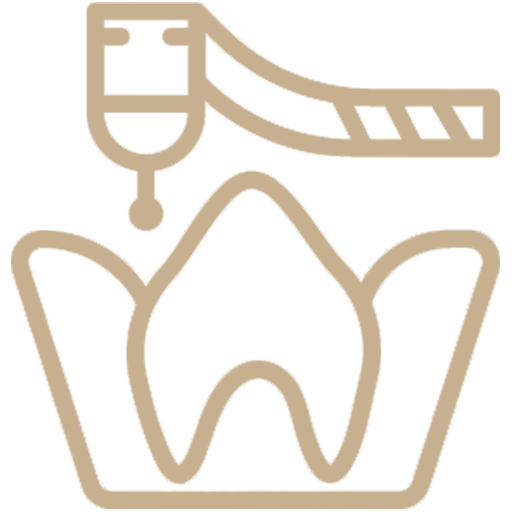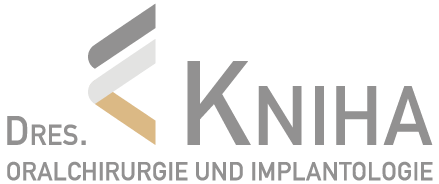
Periodontology
Only healthy gums allow subsequent therapy with implants. Therefore, your gum situation requires the utmost attention during the initial examination. If gum disease is present, we perform a careful root cause analysis and subsequently inform you in detail about the various therapy options. Established regeneration methods on the periodontium are the clinical standard for us.
Recession covering/exposed tooth necks/receding gums
As a result of guided tissue regeneration (GBR: “guided bone regeneration” and GTR: “guided tissue regeneration”), we create an inflammation-free environment and conditions that allow the periodontal tissues (i.e., the periodontium) to regenerate. Gum regeneration is a gentle microsurgical procedure in which autologous tissue is harvested from a specific site (usually the palate) and placed in the desired location. In this way, exposed root areas can be safely covered again aver severe gum recession and protected in the long term.
Lip and tongue frenulum correction
The lip frenulum and tongue frenulum sometimes are set too low or too tight, which can cause several problems, including gum recession, a gap between the incisors, chronic inflammation due to the accumulation of bacteria, or impaired tongue mobility. In a gentle, minimally invasive procedure, we lengthen, shorten, or remove the mucosal bands in question.
IMPLANTOLOGY







